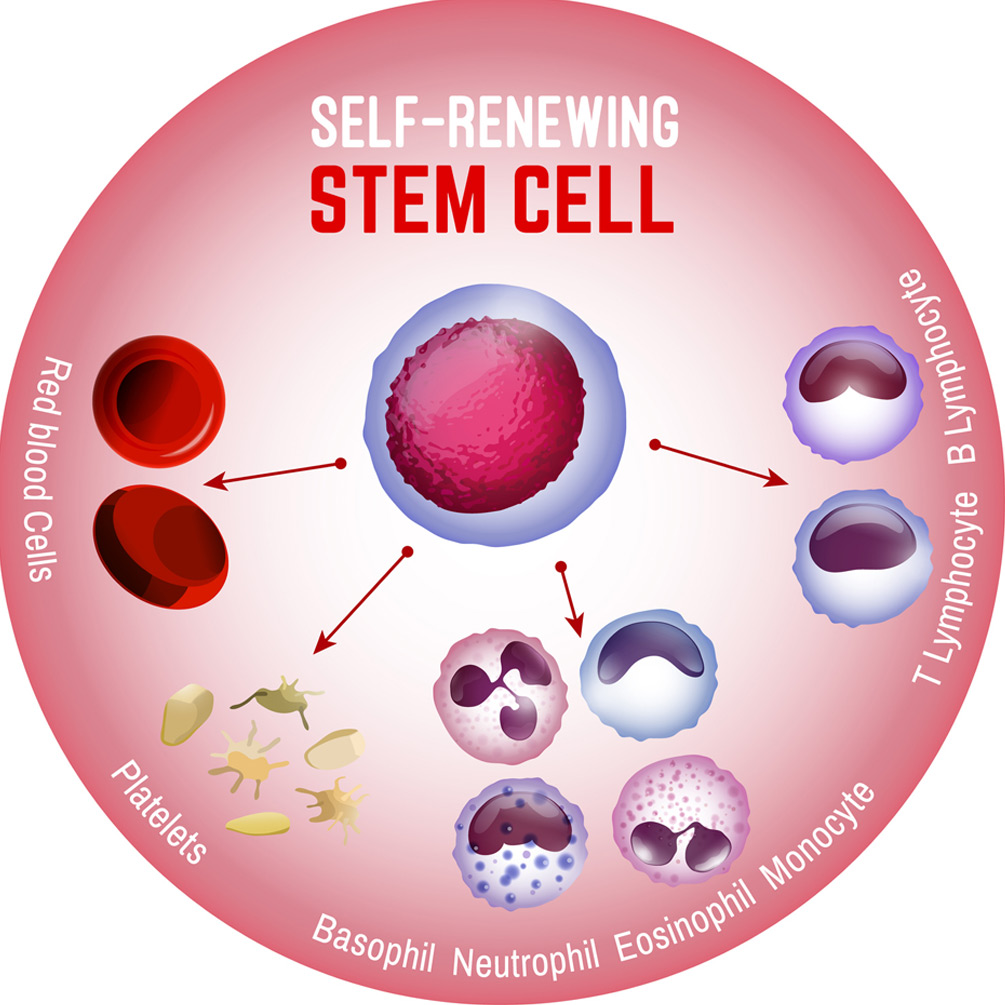
Joint pain can be a debilitating and frustrating part of life for many people.
Why Might Stem Cell Therapy Be an Option?
Cartilage in joints can sometimes deteriorate over time as a result of certain health conditions or even from unexpected injuries. Most cartilage in the body, such as that found in the knee, has limited access to blood supply. Therefore, unlike other tissues in the body, regeneration and healing can be slow-going or nonexistent. This deterioration often leads to painful or limited movement. The idea behind stem cell therapy for joints is to encourage the repair of damaged or diminishing cartilage in order to restore optimal function of that particular joint.


The primary pull toward stem cells is due to their ability to multiply and to sometimes create cells capable of specialized functions. In addition to the noninvasive nature of this option, patients might find that rejection of cells would be a minimal risk since the stem cells may be able to be extracted from each individual’s bone marrow or fat tissue. Once the stem cells are collected from the person’s body and re-introduced into the problematic joint, the hope is that the stem cells will both regenerate new cartilage and impede the degeneration that warranted this therapeutic approach in the first place. In regard to joints, the goal of injecting stem cells is to reduce inflammation, pain, or swelling and to produce new and healthy tissues necessary for everyday life activities, including:
- Reaching or bending
- Walking
- Climbing stairs
- Entering or exiting a vehicle
- Showering or dressing
Who May Be a Good Candidate for Stem Cell Therapy?
This therapeutic approach might benefit those who would like to avoid surgery, such as a knee replacement. People experiencing cartilage deterioration may find themselves presenting noticeable and uncomfortable symptoms, such as stiffness, inflammation and swelling, painful mobility, unstable support, or a clicking sensation in the joint during movement. Some health conditions that result in joint problems include:
- Arthritis
- Osteoarthritis
- Sports injuries
- A slipped disc
When cartilage deteriorates, multiple issues can arise. The purpose of the tissue is to protect the bone and to allow for smooth physical movement. Without it, bone erosion might occur, for example. When stem cell therapy for joints is performed, the direct injection of the cells into targeted areas seem to give the regeneration more of a boost.
Since the process is not considered invasive, the recovery portion of the therapy tends to be brief. Side effects of the injections, if any, may include redness or soreness at the injection site and occasional joint stiffness. Risk factors for adverse side effects is low thanks to the cells being collected from each specific patient. Anyone interested in learning about the options for joint pain may want to participate in an initial consultation in order to discuss personal health history and whether or not stem cell therapy for joints could be an appropriate path for treating the condition or symptoms.

